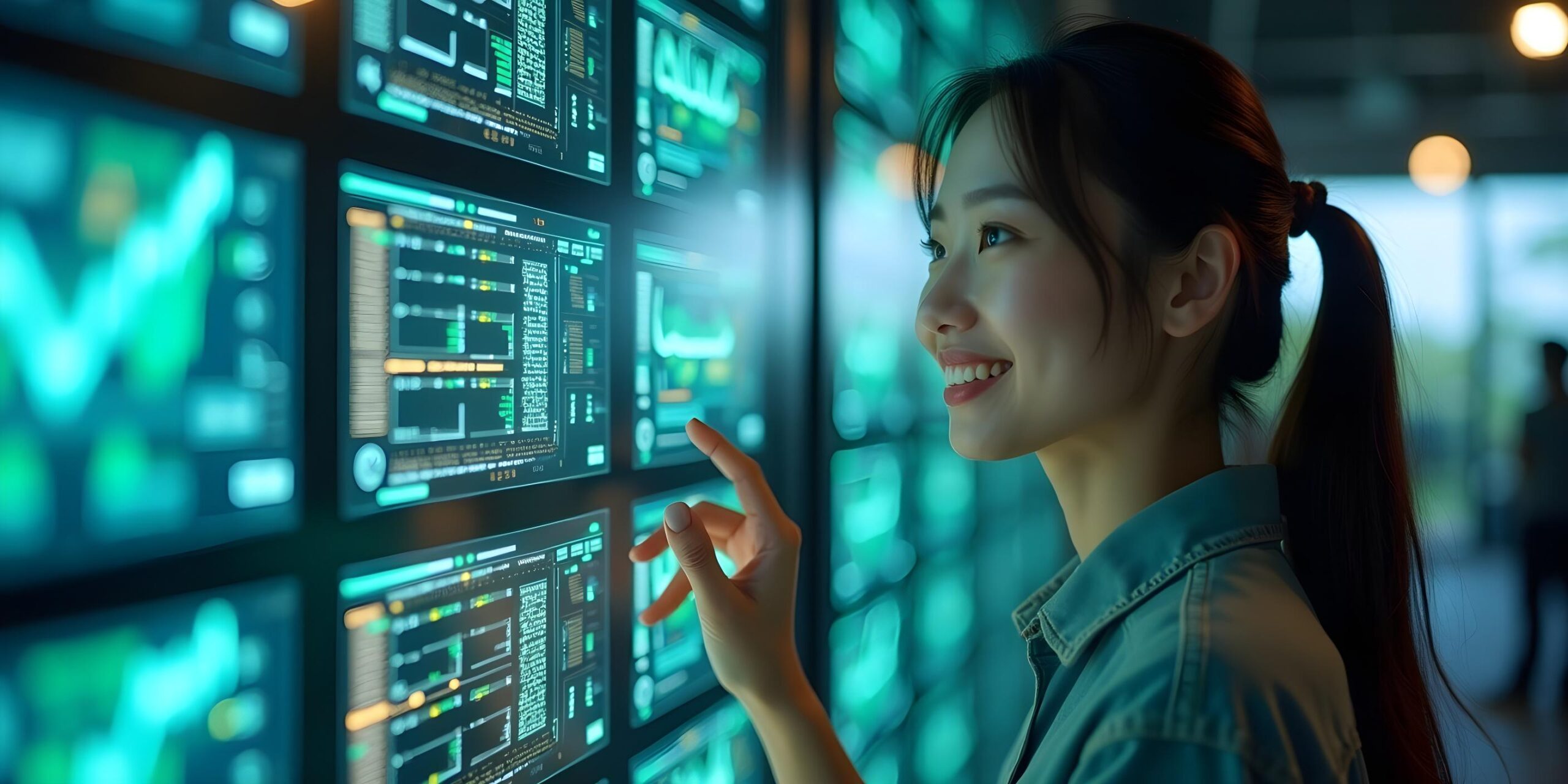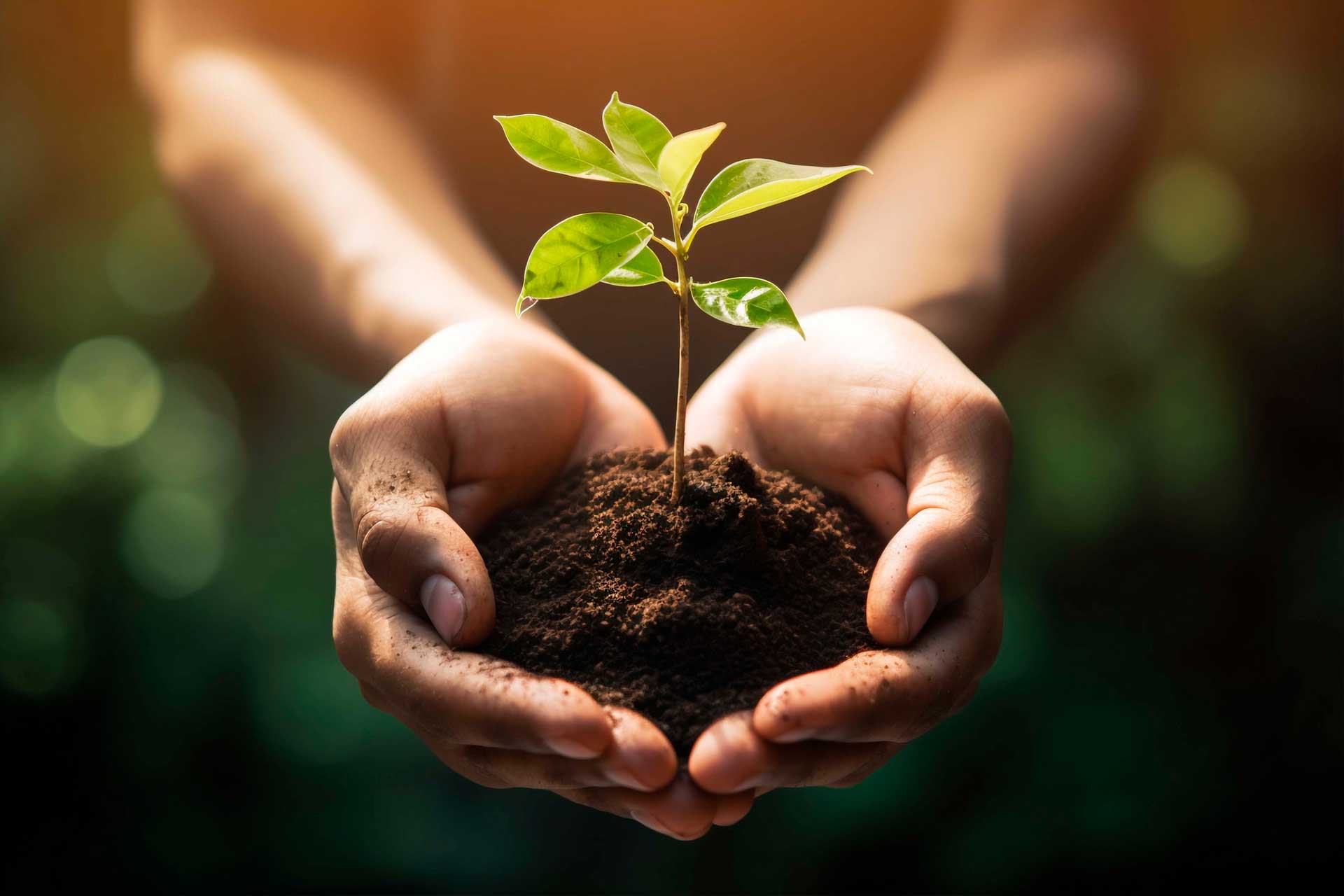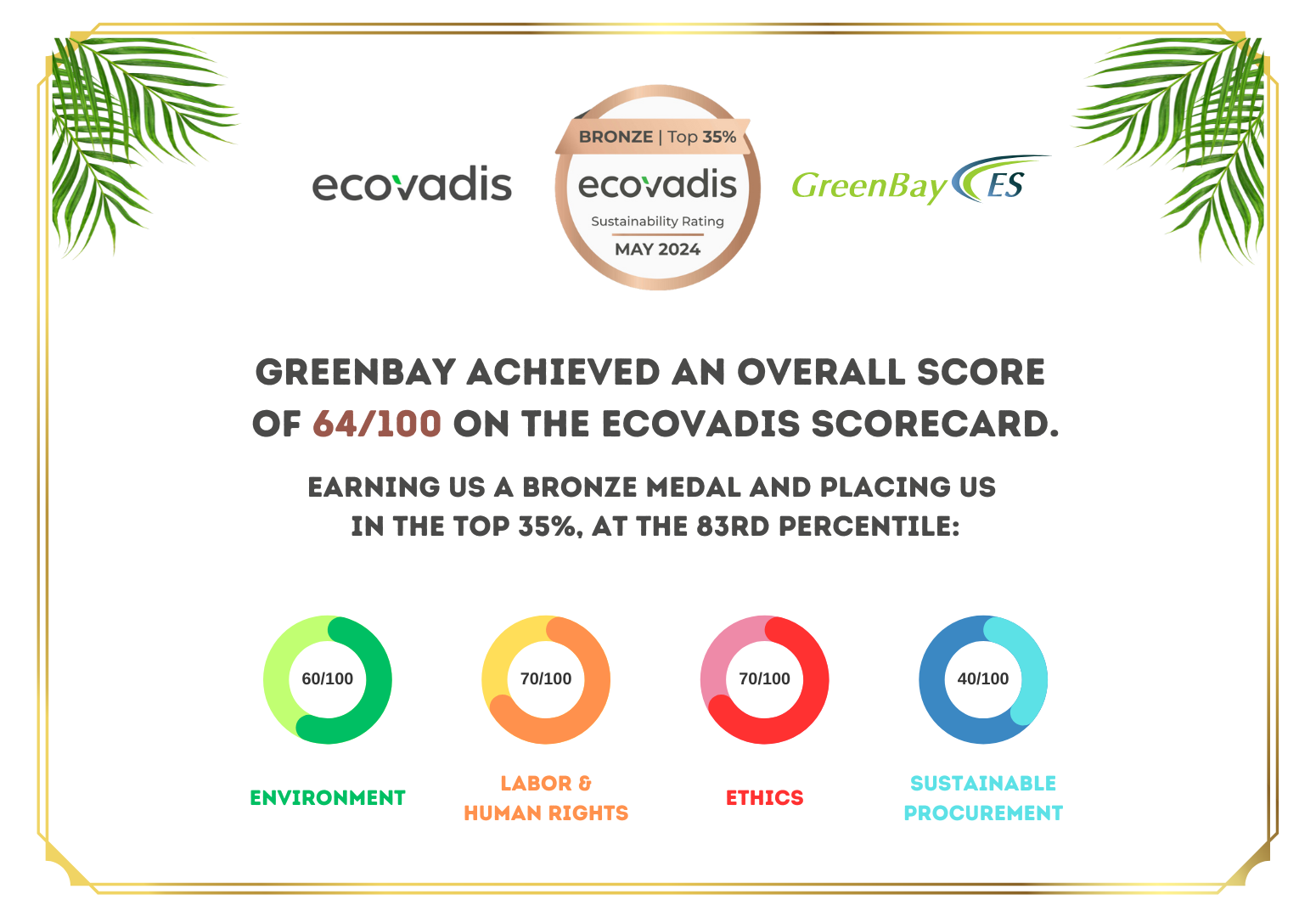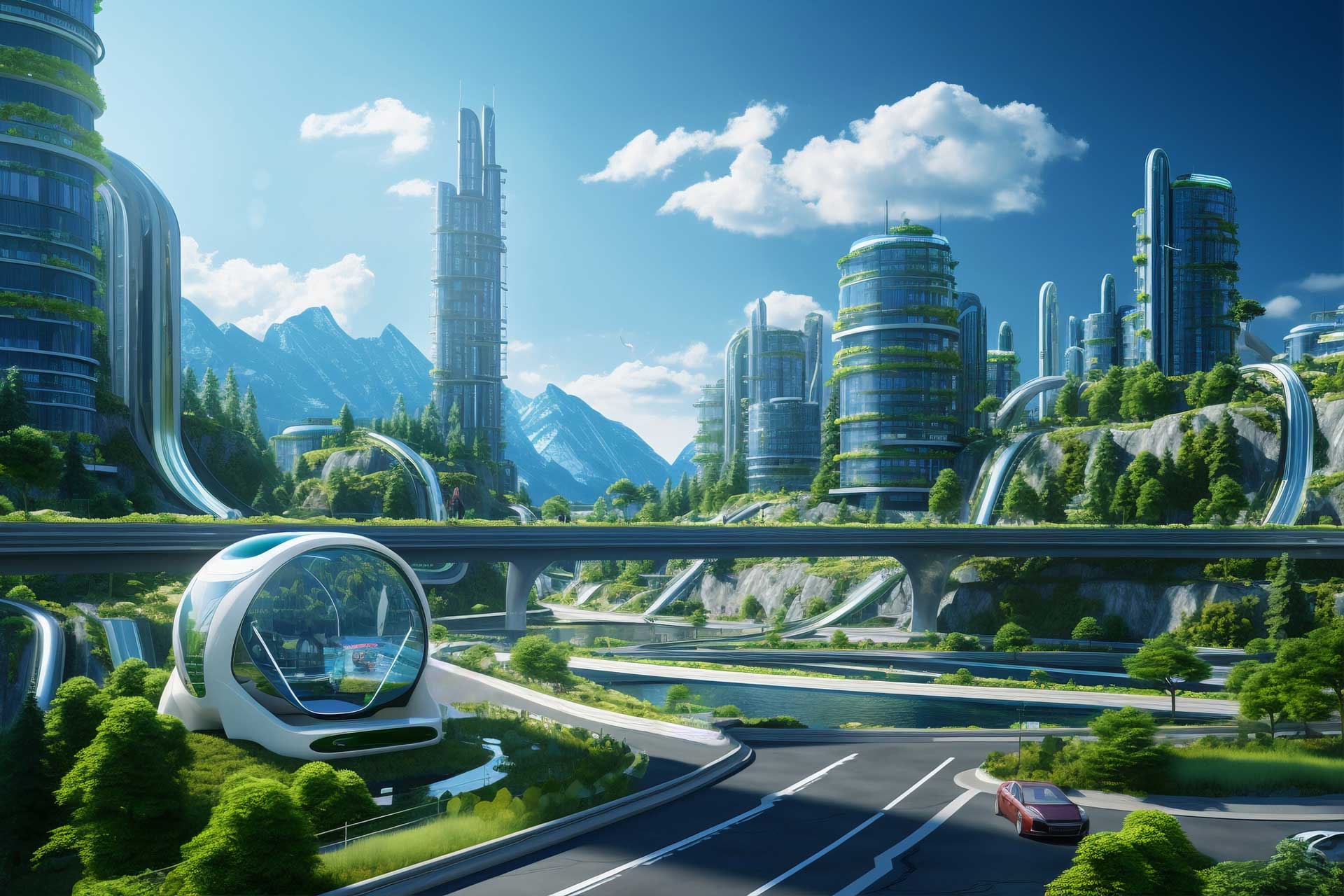
At a recent conference, Huawei presented its vision for the future of data centers by unveiling the top ten trends of data center facility 2025. Yao Quan, President of Huawei’s Data Center Facility Domain, highlighted key trends that will shape the data center (DC) industry in the age of artificial intelligence (AI). The focus is on advancing reliability, adaptability, and sustainability to meet the increasing demands of AI-driven computing.
The shift to intelligent computing
Yao Quan emphasized the transformative impact of AI technologies on data centers, moving them from general-purpose computing toward intelligent computing. The rise of large-scale GPU clusters—comprising thousands to hundreds of thousands of GPUs—has redefined the industry’s landscape. While opportunities abound, challenges like high power demands, reliability concerns, and scalability pressures must be addressed.
Based on extensive research and real-world experience, Huawei’s trends aim to provide actionable insights for building reliable, flexible, and sustainable data centers that can meet future demands. Below are the top trends shaping the next generation of DCs:
1. Reliability takes center stage
In the AI-driven era, the value of data center reliability is paramount. Failures in critical components or operations can result in significant costs. Reliability must extend across the entire lifecycle—from hardware components to maintenance—to ensure operational stability and minimize risks.
2. Isolated architectures for enhanced safety
To address increasing power density and electrical complexities, Huawei recommends adopting isolated architectures. This approach enhances operational safety by segregating electrical equipment from critical data processes, reducing potential service disruptions.
3. Continuous cooling for high-density computing
High-density intelligent computing requires uninterrupted cooling systems. Liquid cooling is emerging as a long-term solution, enabling stable operations through rapid recovery mechanisms in case of disruptions.
4. AI-driven proactive security
AI is revolutionizing operational security by enabling predictive maintenance. By identifying risks such as power failures or overheating before they occur, AI significantly enhances reliability and minimizes downtime.
5. Professional services for long-term stability
With data centers having a lifecycle of 10 to 15 years, professional deployment and maintenance services are critical. Predictive AI tools further support long-term reliability by enabling proactive risk management.
6. Modular architectures for flexibility
To address uncertainties in future AI requirements, modular designs—featuring standardized components and scalable subsystems—offer adaptability and faster deployment times. Huawei cites the Wuhu DC in China as a successful example of this approach.
7. Prefabrication for rapid delivery
Prefabricated subsystems significantly reduce on-site construction time and enhance efficiency. Through factory pre-assembly and testing, data centers can be delivered with improved quality and speed.
8. Prioritizing energy efficiency in power supply
Efficient power supply systems are essential in high-computing scenarios. Innovations such as high-efficiency uninterruptible power supplies (UPS) and architecture optimizations play a key role in reducing energy consumption.
9. AI optimization for energy management
AI technologies are making data centers more energy-efficient by optimizing cooling systems and other energy-intensive processes. This minimizes waste and maximizes overall performance.
10. Synergy between computing and energy
The collaboration between computing and energy is emerging as a new construction model. Direct green power and AI-driven load scheduling help reduce environmental impact while enhancing overall efficiency. Data centers can also integrate with power grids to improve grid utilization through frequency regulation and peak load management.
A future built on innovation and sustainability
Huawei’s vision for data centers focuses on creating highly reliable, flexible, and sustainable solutions that maximize energy efficiency while addressing the demands of intelligent computing. By aligning with these trends, businesses can seize opportunities in the AI era and drive the digital revolution forward.
As the industry evolves, Huawei remains committed to helping partners and clients navigate these changes, ensuring they stay ahead in a rapidly advancing digital landscape.












